10 Italian Herbs & Spices That’ll Make Your Kitchen Smell Like Tuscany (Without the Passport)
Table of Contents
- Introduction: Why Italians Know Their Spices
- The Top 10 Italian Herbs & Spices You Need to Know
- Cooking Like a Nonna: Pro Tips for Using Italian Spices
- Flavor Pairings: Which Spices Go With What?
- How to Store Italian Herbs & Spices Like a Chef
- Spice Myths Busted: What You Thought Was True (But Isn’t)
- Conclusion: Elevate Your Dishes with Italian Flavor Magic
Introduction: Why Italians Know Their Spices
Italy may not be known for sprawling spice markets like Morocco or India, but when it comes to flavor, Italians know how to pack a punch — with fresh herbs, bold spices, and a culinary tradition that’s stood the test of time. Whether you’re making pasta, pizza, or a rustic stew, a few sprigs of rosemary or a pinch of red pepper flakes can turn your dish from meh to magnificent.
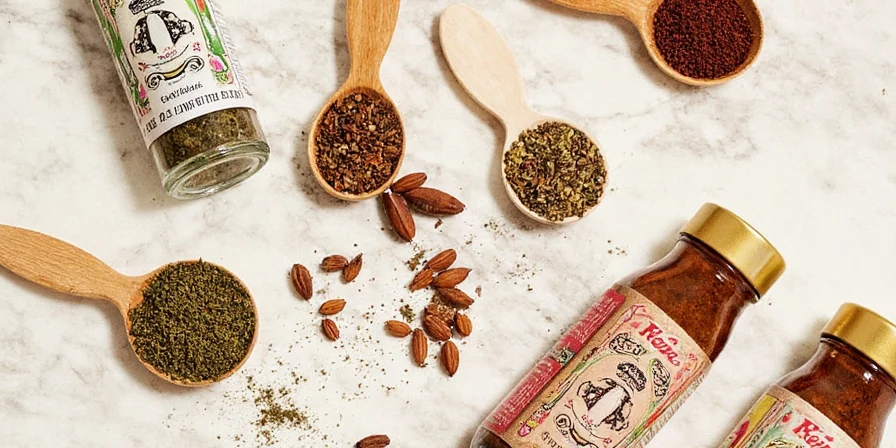
In this article, we’ll explore the top 10 Italian herbs and spices that every kitchen should have, along with pro tips on how to use them, how to store them, and even some myths that need busting.
The Top 10 Italian Herbs & Spices You Need to Know
Let’s dive right in! Here are the holy grail ingredients of Italian seasoning:
- Basil – The heart of pesto and Caprese salad.
- Oregano – A staple in tomato sauces and grilled meats.
- Rosemary – Earthy, fragrant, and perfect with roasted potatoes.
- Thyme – Subtle and savory; ideal for stews and braises.
- Parsley – Freshens up dishes and adds visual appeal.
- Marjoram – Similar to oregano but sweeter and more delicate.
- Fennel Seeds – Used in sausages and breads; anise-like flavor.
- Red Pepper Flakes – Adds heat without overwhelming other flavors.
- Saffron – Luxurious and expensive; used in risotto Milanese.
- Bay Leaf – Essential in slow-cooked soups and sauces.
| Herb/Spice | Main Use | Best With |
|---|---|---|
| Basil | Sauces, salads, pizzas | Tomatoes, mozzarella, olive oil |
| Oregano | Tomato-based dishes, grilled veggies | Pizza, marinara, eggplant |
| Rosemary | Roasted meats, potatoes | Lamb, chicken, focaccia |
| Thyme | Stews, braised meats, poultry | Garlic, onions, mushrooms |
| Parsley | Garnish, gremolata, chimichurri | Citrus zest, garlic, lemon juice |
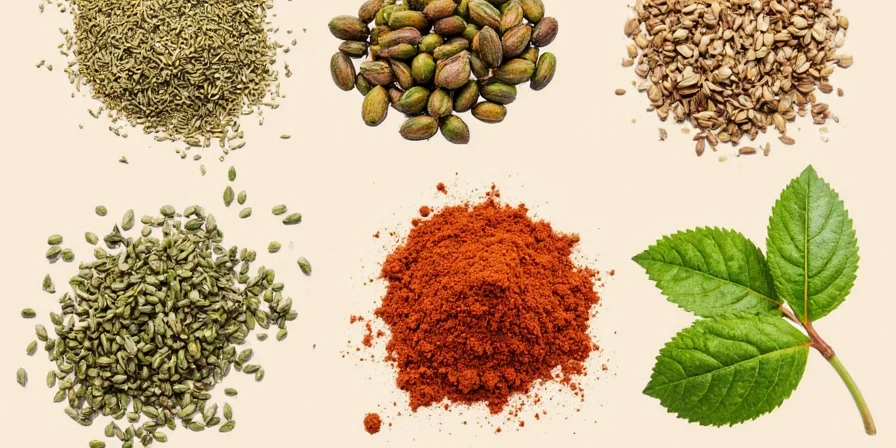
Cooking Like a Nonna: Pro Tips for Using Italian Spices
Want to channel your inner Italian nonna? Here are some game-changing techniques:
- Add dried herbs early, as they need time to bloom in heat and oil.
- Fresh herbs go in late to preserve their brightness and aroma.
- Toast whole spices (like fennel seeds) gently in a dry pan to release their oils before grinding or adding to recipes.
- Use olive oil as a flavor carrier — infuse it with garlic and chili flakes for an instant flavor boost.
- Don’t overdo it! Italian cooking is about balance, not masking ingredients.
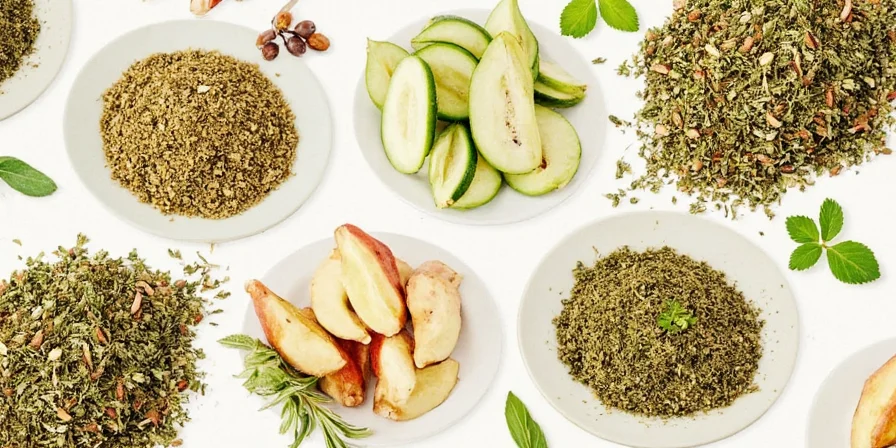
Flavor Pairings: Which Spices Go With What?
Knowing which herbs play well together is key to creating depth and harmony in your dishes. Here’s a handy cheat sheet:
| Herb/Spice | Classic Pairings | Dish Examples |
|---|---|---|
| Basil + Garlic | Olive oil, Parmesan, tomatoes | Pesto pasta, bruschetta |
| Oregano + Thyme | Tomatoes, red wine, anchovies | Pizza Margherita, ragù |
| Rosemary + Lemon | Olive oil, thyme, garlic | Rosemary roast chicken, lemon herb fish |
| Red Pepper Flakes + Oregano | Tomatoes, olives, capers | Pasta arrabbiata, spicy sausage |
| Saffron + Bay Leaf | White wine, seafood, Arborio rice | Risotto alla Milanese, paella |
How to Store Italian Herbs & Spices Like a Chef
Your herbs and spices are only as good as how you store them. Keep these simple rules in mind:
- Store dried herbs in airtight containers away from heat, light, and moisture.
- Label and date everything so you know what’s still potent.
- Keep fresh herbs alive longer by placing stems in water like a bouquet or freezing chopped herbs in oil cubes.
- Whole spices last longer than ground ones — grind as needed for maximum potency.
- Check for freshness regularly. If a spice smells like dust, it’s time to toss it.
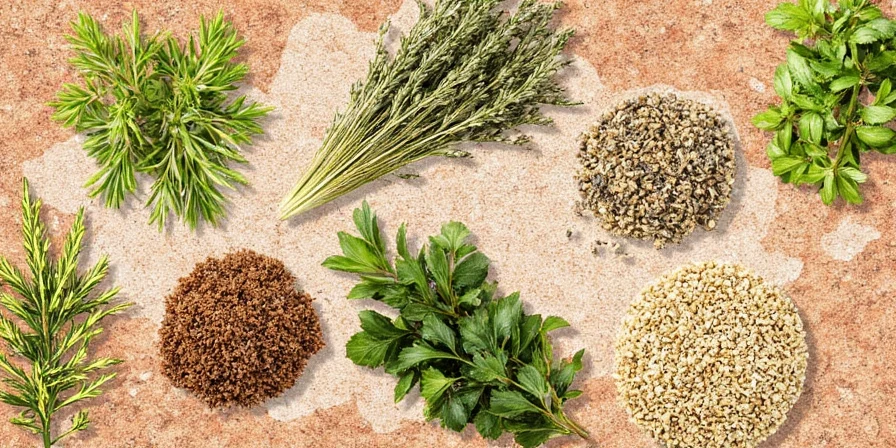
Spice Myths Busted: What You Thought Was True (But Isn’t)
Time to debunk some common misconceptions about using Italian spices:
- Myth: All Italian herbs are interchangeable.
Truth: Basil and oregano may both come from Italy, but they’re worlds apart in flavor and function. - Myth: More spices = better taste.
Truth: Italian cuisine thrives on simplicity. Overloading on spices can ruin a delicate dish. - Myth: Ground herbs are just as good as fresh.
Truth: Not quite. Fresh herbs add vibrancy; dried herbs offer concentration. They serve different purposes. - Myth: Saffron is just expensive coloring.
Truth: It brings a unique floral flavor and color that no substitute can match. - Myth: Garlic powder is a shortcut ingredient.
Truth: Sometimes it’s better — especially when you want a uniform garlicky note without texture.

Conclusion: Elevate Your Dishes with Italian Flavor Magic
Italian herbs and spices aren’t just pantry items — they’re the secret sauce behind centuries of soulful, satisfying food. From basil’s bright pop to rosemary’s woodsy warmth, each one plays a role in creating that unmistakable Italian je ne sais quoi.
Whether you're a seasoned home cook or just getting started, knowing how to wield these spices like a pro will elevate your cooking, simplify your meals, and impress your guests. So grab your mortar and pestle, stock those jars, and let your kitchen smell like a sun-drenched vineyard in Tuscany — minus the plane ticket.
Quick Recap:
- Use fresh herbs at the end of cooking.
- Dried herbs benefit from being added early.
- Toast whole spices to enhance flavor.
- Pair wisely — certain combinations work best together.
- Store properly to keep flavors vibrant.

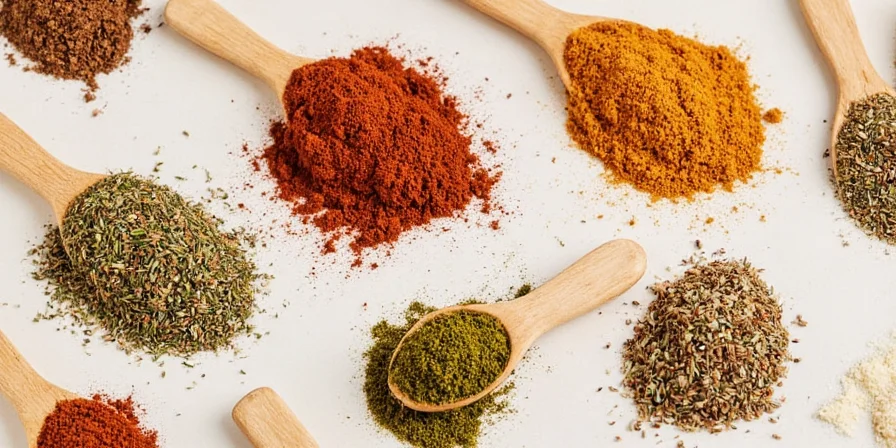









 浙公网安备
33010002000092号
浙公网安备
33010002000092号 浙B2-20120091-4
浙B2-20120091-4